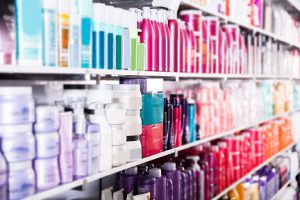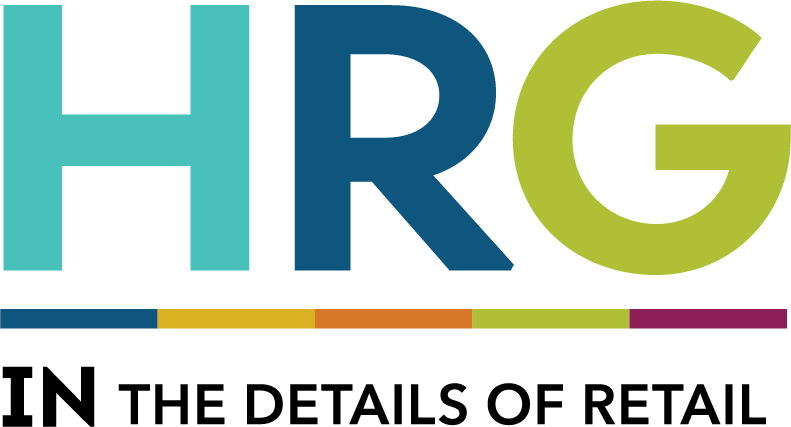by Dave Wendland, vice president strategic relations
According to an April survey from shopping rewards app Shopkick, CPG brands should be optimistic about the re-emergence of shoppers on the retail scene. Once stores reopen, 58% of respondents say they will shop as frequently as before the pandemic, while only 36% say they will shop less frequently.
This may be predicated on the fact that most respondents say they expect non-essential retailers to take additional in-store precautions such as six-feet social distancing measures (81%), offering disinfectants for customers (73%), requiring employees to wear protective face coverings (71%), installing plexiglass barriers at checkout counters (65%), and requiring shoppers to wear protective face coverings (62%).
Other factors revealed in the study pointed to the future shape of shopping:
- Nearly 70% of respondents say they will take advantage of buy-online-pickup-in-store (BOPIS) options if available.
- About two-thirds (65%) of respondents plan to make the majority of their non-essential purchases in-store, rather than online.
- When broken down by generation, the largest segment — Gen Z (27%) — say they will visit brick-and-mortar stores within just three days of reopening.
Another article published by CNN on May 27, 2020 highlighted that leading CPG firms Unilever, Nestle, and Procter & Gamble are closely monitoring shifting consumer behavior. It goes on to share a quote from Hanneke Faber, president of foods and refreshment at Unilever, suggests that whether or not “cocooning” will continue to be popular — that is, whether consumers will continue to spend more time at home — is likely to determine future sales growth.
share a quote from Hanneke Faber, president of foods and refreshment at Unilever, suggests that whether or not “cocooning” will continue to be popular — that is, whether consumers will continue to spend more time at home — is likely to determine future sales growth.
What should a CPG brand consider, and how can a company best take advantage of the return to the post-pandemic economy? While there is no recipe to follow since such a worldwide event and orchestrated lockdown has not faced this country since the Spanish Flu, here are a few ideas to consider:
- Sync with retailers — Understand supply chain changes, store operational adjustments, promotional planning, and other potential areas of modification.
- Simplify packaging — Consumers will want to find products quickly and easily. Ensure your package stands out at shelf.
- Design frictionless fixtures — Not only should the material be easily washed, but the items should also be able to be effortlessly removed by the consumer.
- Reduce SKU proliferation — Trim the range of items within the portfolio to better manage shelf space, eliminate restocking confusion, improve shopability, and streamline the supply chain.
Getting back to the future state of retail will require agility, ingenuity, and patience. But I trust the future state will hold tremendous opportunity for CPG brands committed to adjusting to the new retail rulesets and shopper demands.
